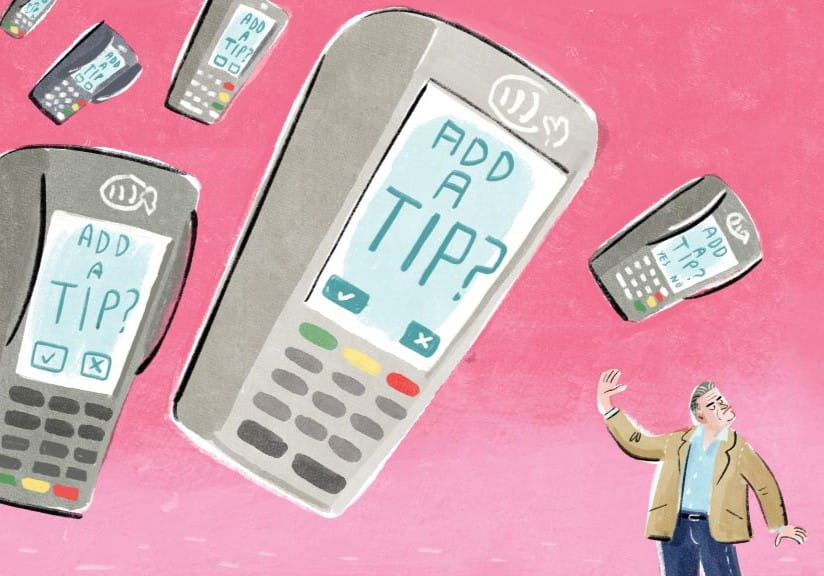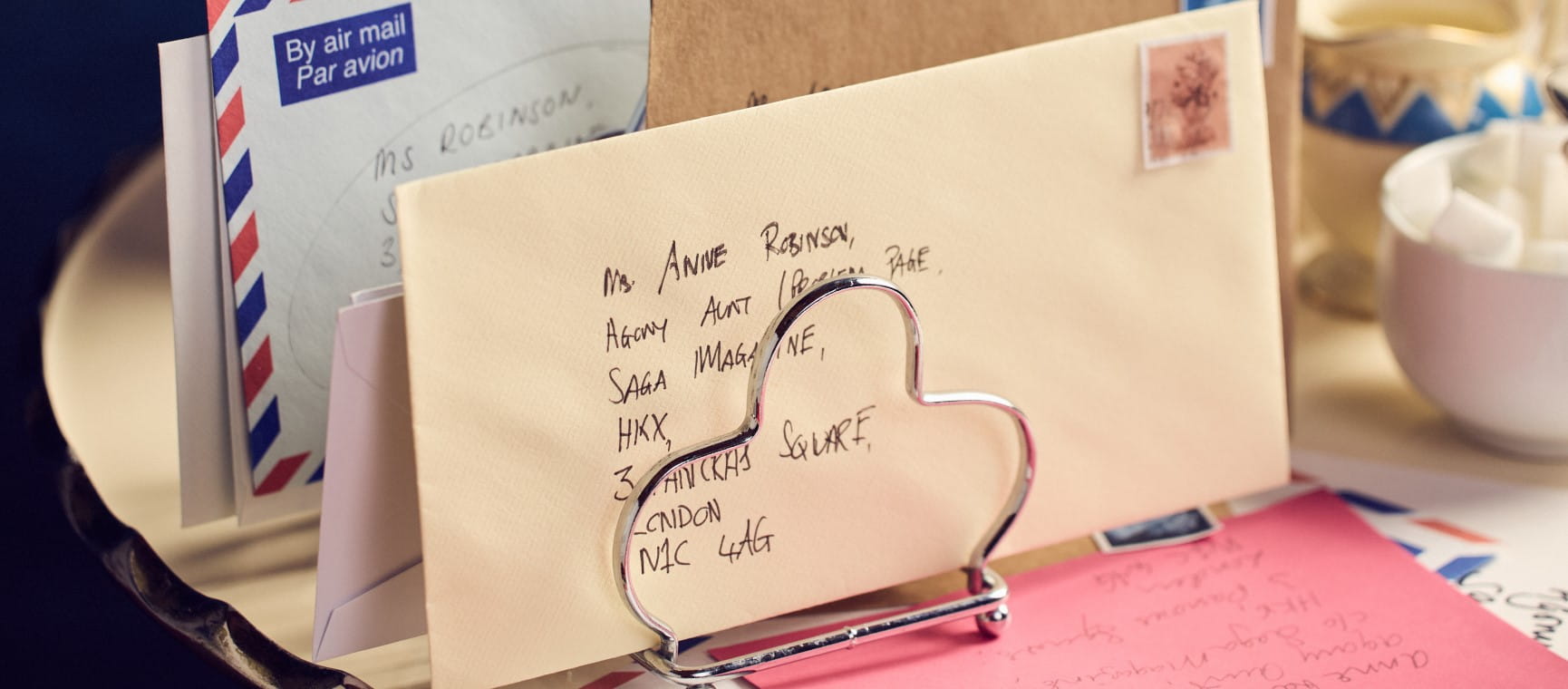
Most of us reading this have been driving for decades and we all think we know the rules of the road - we wear our seatbelts, drive on the left and respect the speed limits.
But there are a few lesser-known and more obscure laws that may not be such common knowledge and you could unintentionally break the law, even if you aren't aware of them.
So we've got 12 of the more unusual driving laws that you may not have been aware of to make sure you don't end up adding points to your licence by mistake.
Rule 226 of the Highway Code says you should only use your car’s fog lights when visibility is “seriously reduced”.
This is usually taken to mean when visibility is less than 100 metres, not a sprinkling of light mist when you first left home three hours ago or when there's a bit of drizzle in the air.
A ‘stop’ junction is an instruction to do just that: stop.
If you don’t come to a complete halt, even if the road is clear, you are breaking the law and could be given three penalty points on your licence.
Incidentally, the seriousness with which this is viewed can be illustrated by the fact that the stop sign is the only traffic sign that is hexagonal in shape, allowing drivers to identify it even if it’s dirty or covered with snow.
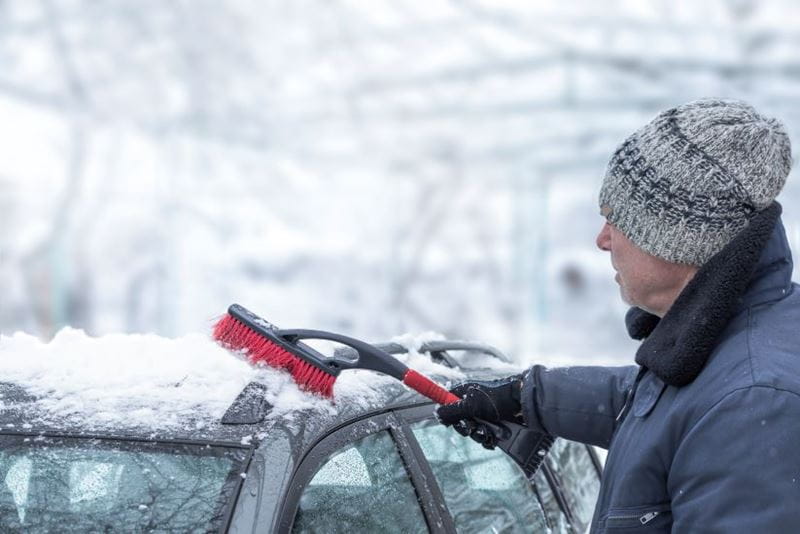
Speaking of which, while driving with snow on your roof isn’t a specific offence, it could be if it slips down over your windscreen and blocks the view or slides off your car into the path of another driver.
These scenarios could leave you open to a charge of 'driving without due consideration' or 'using a motor vehicle in a dangerous condition'.
Every pedestrian knows how infuriating it is to be drenched by a driver splashing through a puddle – but not many people know they have the right to take the registration number of the car responsible and report the matter to the police.
Under section three of the Road Traffic Act 1988, it is illegal to splash someone as it amounts to driving “without reasonable consideration for other persons”.
If you’re found guilty you could receive a fine of up to £5,000 or even nine points on your licence.
You must only enter a boxed junction if your exit is clear. If it isn’t, then you are committing an offence.
It is also an offence to have any part of your vehicle inside the yellow box junction if your vehicle is stationary, even to let an emergency vehicle past.
But did you know that you can wait inside a boxed junction if you are turning right and are waiting for a break in the oncoming traffic?
Most of us know it’s an offence to hold a mobile phone in your hand to make a call or send a message when you’re driving a car or riding a motorcycle – but many people think it’s legal if you’re stationary, even if the engine is running. In a traffic jam perhaps, or while queuing at traffic lights.
However, to remain within the law you must be safely parked, which is generally taken to mean that you should be in a genuine parking space such as a layby, kerbside parking space, or car park.
A queue of traffic doesn’t meet the criteria, even if everyone is stationary.
Also a recent change in the law means it’s now also an offence to handle your phone in any way, even to unlock it. The penalty is six penalty points and a fine of up to £200.
You can still use it hands-free but even then the police could charge you if they think you are not in proper control of your vehicle because you are distracted.\
The experts at Saga Insurance have all the facts about how points affect your car insurance
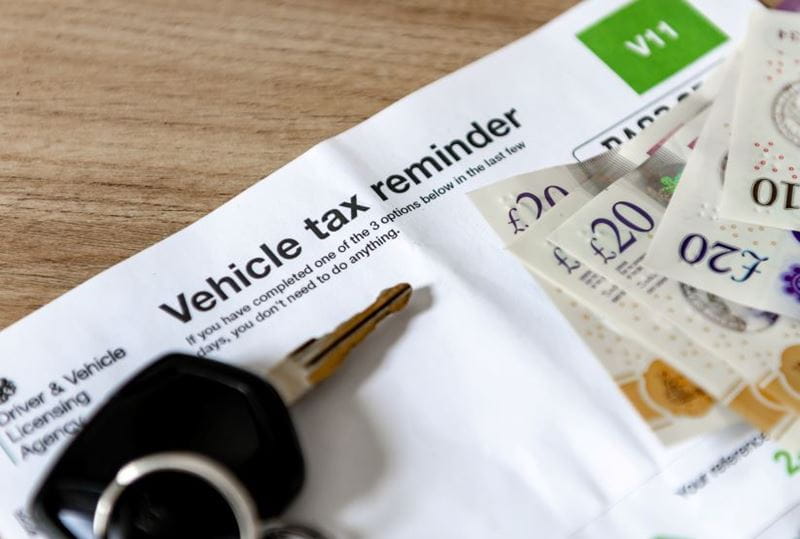
Since the paper tax disc went the way of paper driving licences, many motorists are confused about what to do when they’re buying or selling a car.
The seller must now ‘cash in’ the vehicle excise duty (or VED, more commonly known as car tax), and the buyer must buy it again in their name before they are allowed to drive the car on a public highway.
It’s simple and easy to do it online but you must do it before you drive your new car away.
A lot of drivers don’t realise their photocard driving licence is only valid for 10 years and failing to update it could lead to a fine of up to £1,000. You can check the expiry date on yours by looking on the front in section 4b, although you should receive a reminder in the post.
Renewing it is straightforward and can also be done online and costs £14.00.
Everyone knows that you mustn’t go through a red traffic light, but what if a police car or ambulance is behind you with its siren blaring and blue lights flashing?
Well, the same applies: going past a red traffic light, or even just crossing the solid white line to give them space to pass, is what’s known as a ‘strict liability’ offence.
While a passing copper is unlikely to issue a ticket, an automatic camera will – and you’ll have to either pay the fine and take the three points or go to court and argue a mitigating factor, something that isn’t guaranteed to succeed.
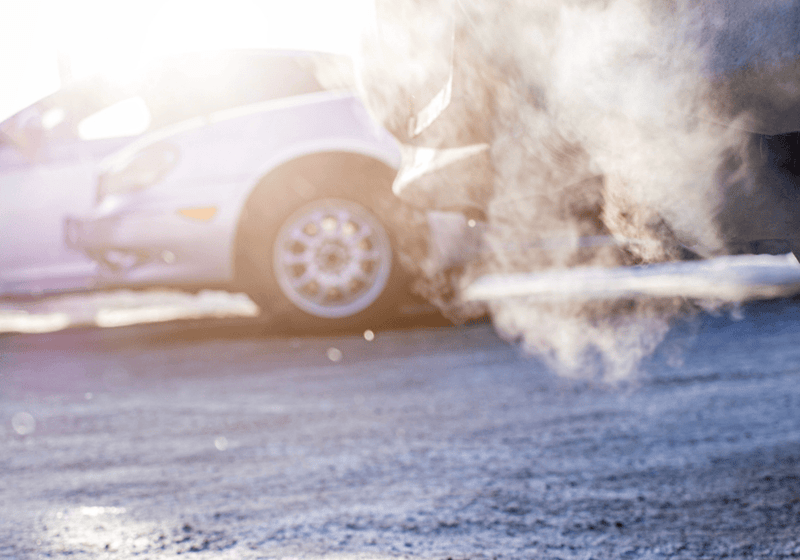
You are breaking the law if you leave your car’s engine running in the street to defrost it, while you sip a hot coffee from the warmth of your kitchen.
You must always be ‘in charge’ of your vehicle when the engine is running; if you aren’t then you risk a fine*.
If you leave your car, then the engine must be turned off and the handbrake must be applied.
* The fine may be the least of your worries. If someone steals the car because you’ve left it running with the keys in the ignition then your insurance company may not pay.
Sometimes its so difficult to find a parking space on the side of the road that it's tempting to park wherever you can.
But did you know that if you park on the side of the road at night then it's against the law to face against the direction of traffic.
It's because, unlike at the back of your vehicle, there are no reflectors at the front to catch the headlights of approaching traffic.
Without these your parked car can become a hazard to oncoming traffic. It's breaking rule 248 of the Highway Code and the fine is an average of £1,000. But remember it only applies at night.
It's amazing what our four-legged friends get up to in cars. You'll see them with their heads hanging out of side windows or bouncing around the back seat barking at passers-by.
But if you let them do any of these, you are breaking the law. Rule 57 of the Highway Code states that dogs must be suitably restrained while inside the vehicle.
This doesn’t carry a direct penalty, but drivers could still be pulled over for driving without due care and attention and then you could get a fine and penalty points.
Also if your unrestrained pet causes an accident then your insurers are unlikely to pay out.
Carlton gave up being a prison governor to become a freelance motoring journalist six years ago, and now earns his living travelling the world driving, photographing and writing about cars. He’s also previously worked as a lumberjack, police officer, retail manager, breakfast chef, and smallholder, allowing him to write about more than just cars.


We won best insurer at The Times Money Mentor awards 2024. It's easy to see why over one million drivers trust us.
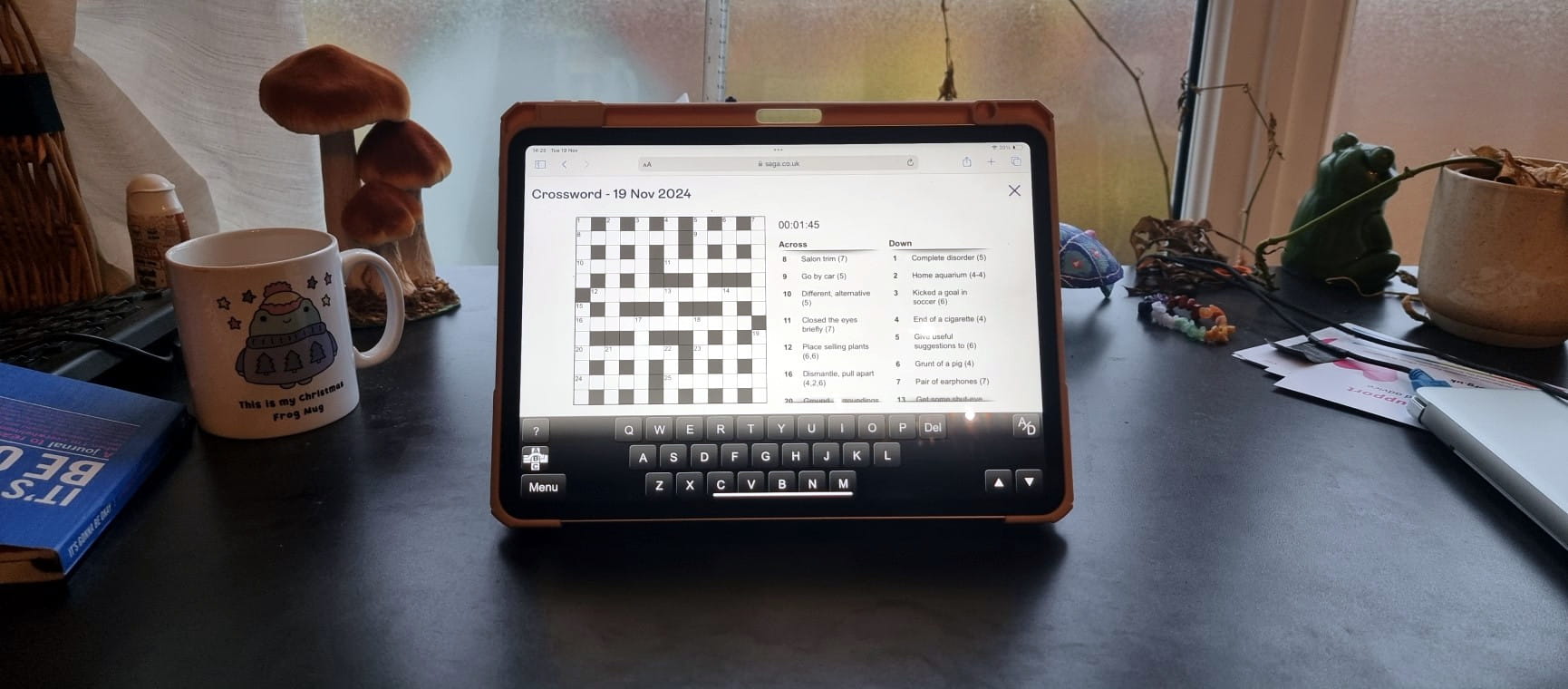
The ultimate guide to Saga Puzzles, full of technical tips, tricks and hints.

With the start of the new financial year on 6 April, our money expert explains the changes to your pension, benefits and taxes.

